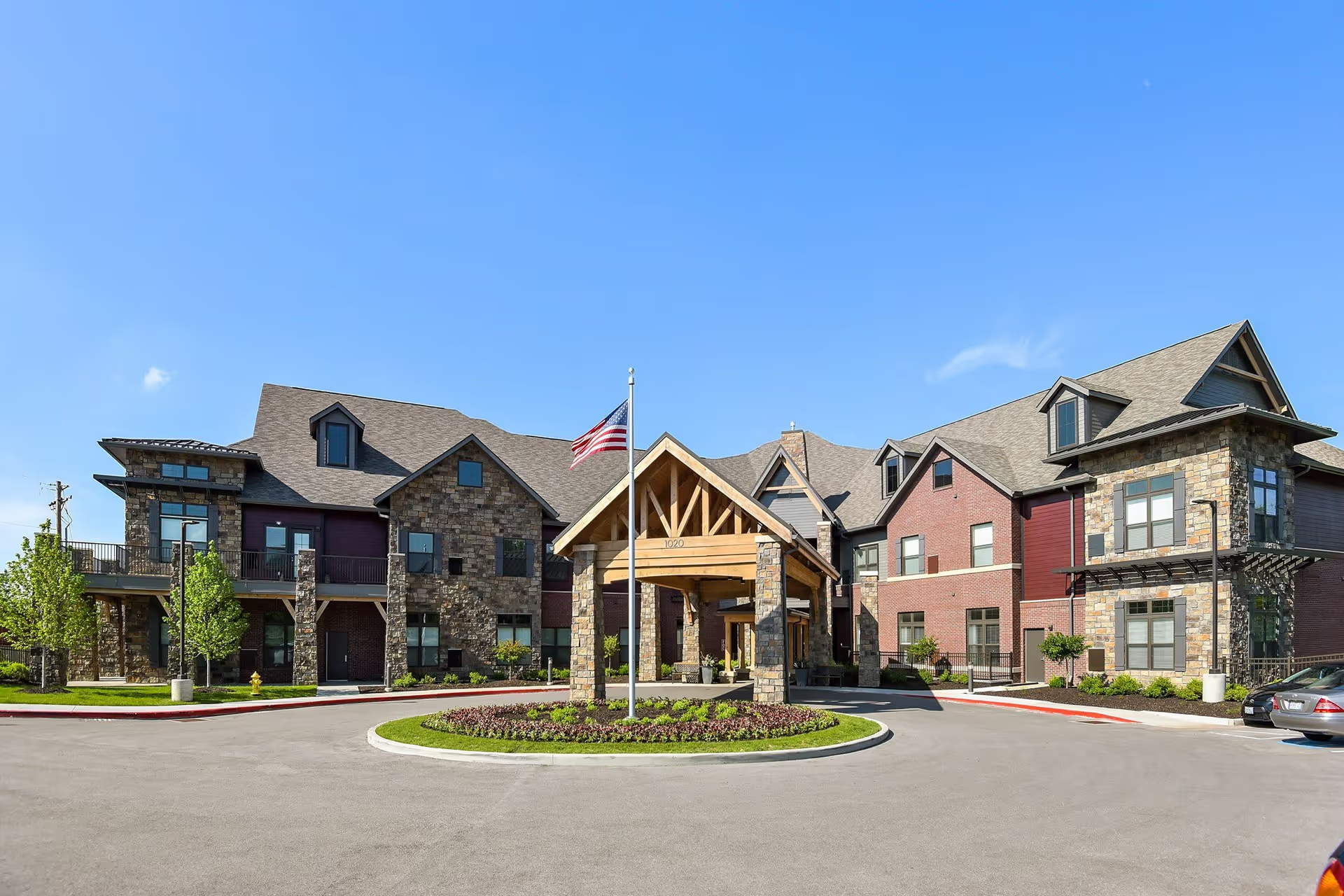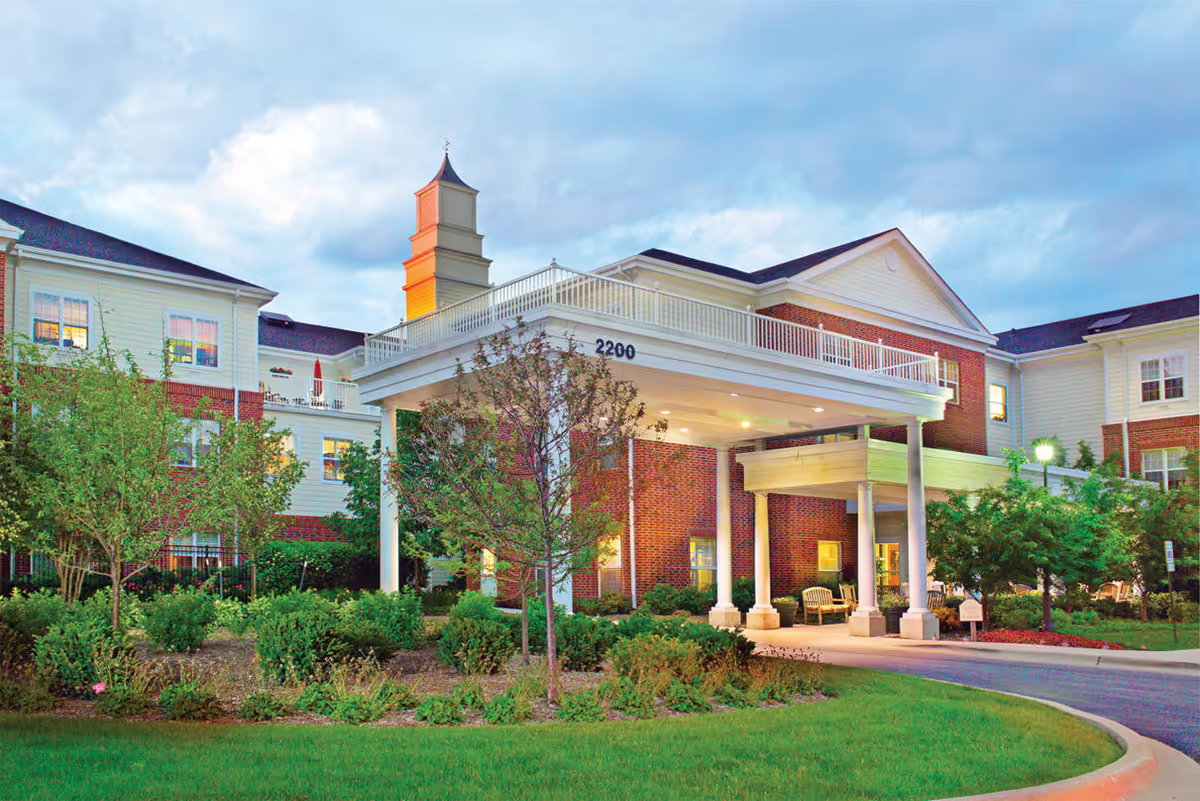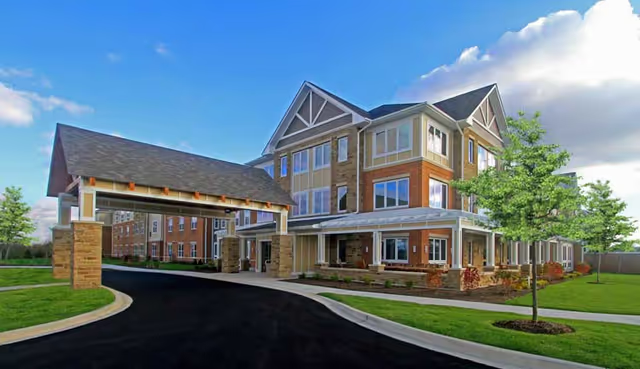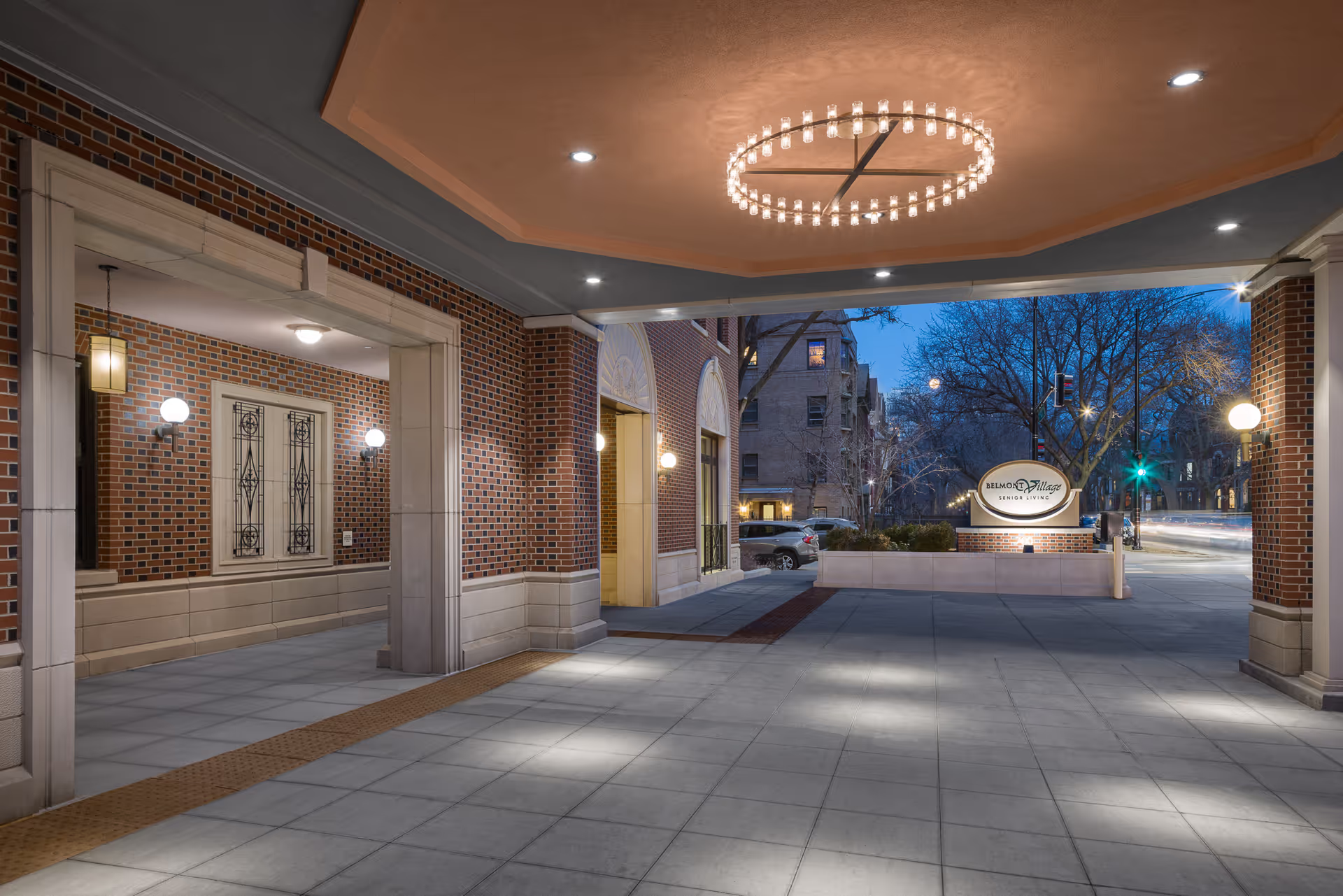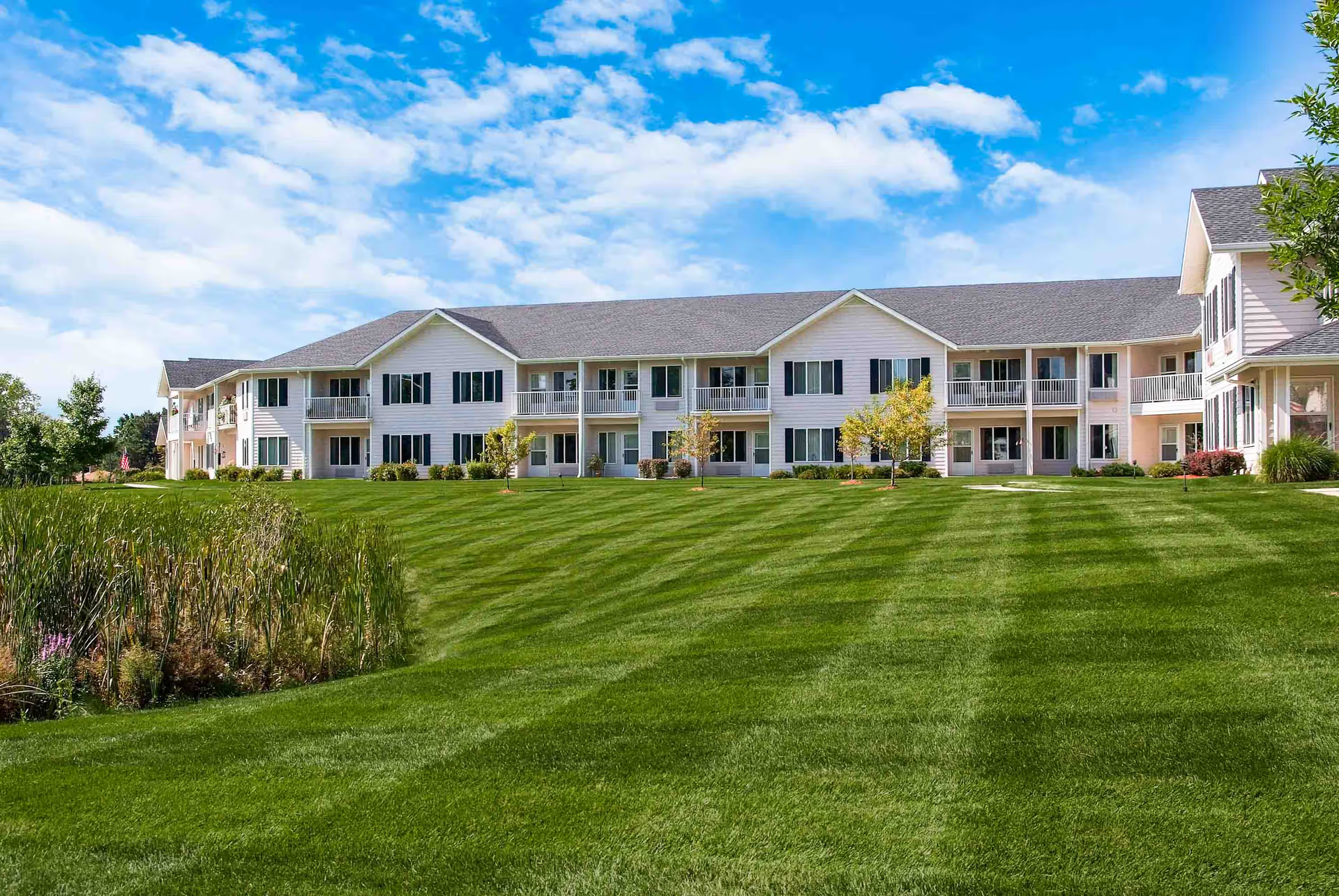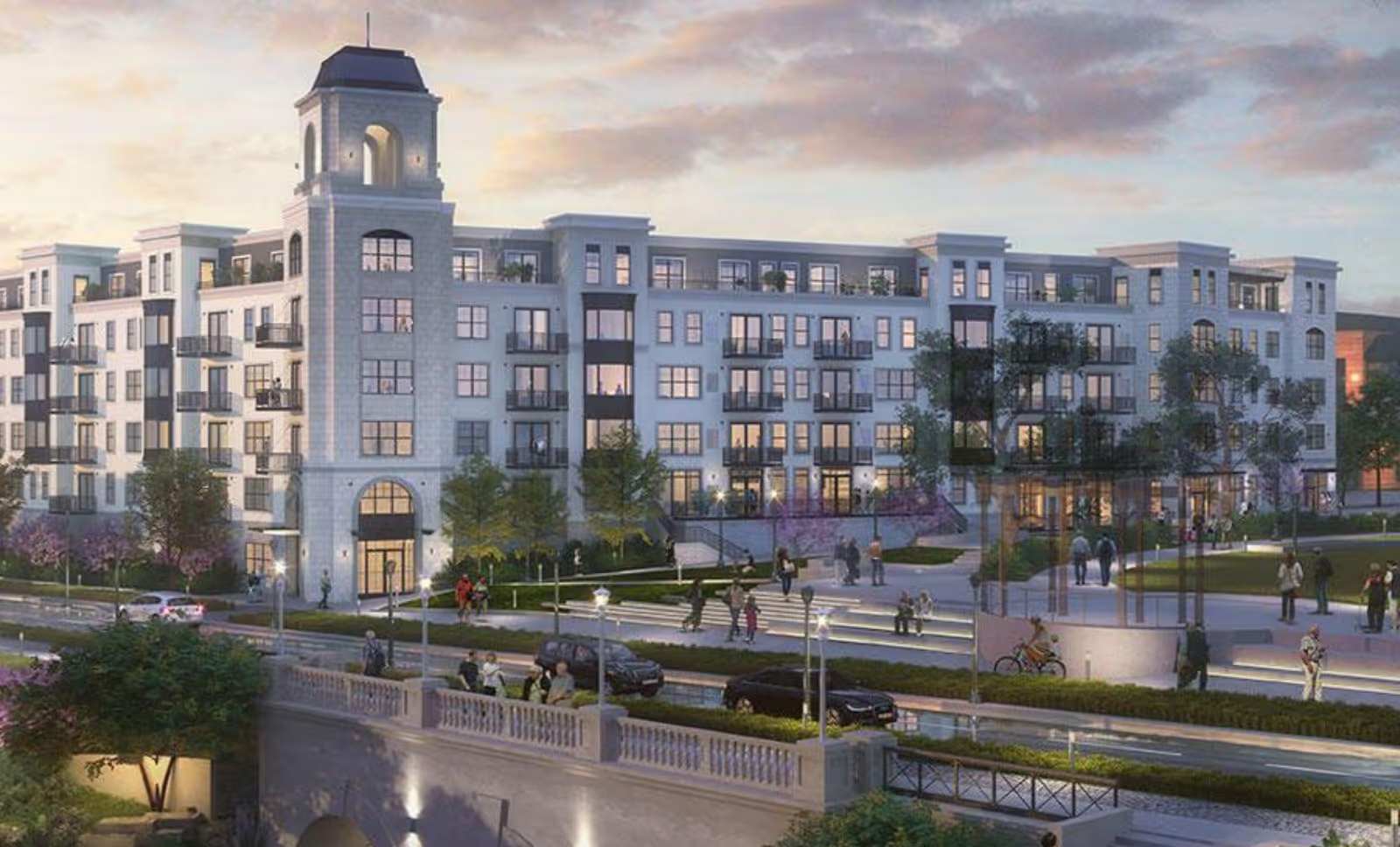Overall sentiment across the reviews for Courtyard Estates of Farmington is mixed but leans positive with repeated praise for the staff, cleanliness, and the physical environment. Many reviewers describe the staff as caring, compassionate, and family-like; staff are credited with forming close relationships with residents, providing emotional support, and creating a calm, steady environment that gives families peace of mind. The facility itself is frequently described as clean, well-maintained, visually attractive, and modern — with amenities such as large flat-screen TVs, a fireplace, library, and hotel-like common areas. Reviewers repeatedly note comfortable private rooms combined with shared dining and living spaces that encourage socialization, and several comments emphasize that the facility feels safe, secure, and suited for memory care needs.
Activities and dining receive positive mentions: regular social events (ice cream socials, band concerts), small-group activities (dominoes, Bible study), and daily routines such as morning stretching are cited as strengths. Meals are generally described as good, with the facility willing to offer substitutions. The small size of the community (reported as about 32 residents / 21 rooms in one summary) is often framed as a benefit, allowing more personalized attention and helping residents feel known and valued. Multiple reviewers also highlight positive hospice experiences, where staff provided dignity at end-of-life and offered frequent family communication and support.
Despite these strengths, a set of significant and recurring concerns emerges in a subset of reviews that cannot be overlooked. Several reviewers report troubling lapses in basic caregiving and safety — notably medication management problems where pills were left out for a resident unable to self-administer, another resident handling pills, and at least one pill-misuse incident. There are reports of hygiene and incontinence issues (wet diapers, standing urine on chairs), missing personal items (glasses lost for days), and multiple falls or instances implying neglect. One account specifically links a noticeable decline in care quality with hospice involvement, although other reviewers praised hospice support; this suggests inconsistent experiences or care transitions that are not always well-managed.
Operational and leadership issues are also highlighted. Reviewers mention a nurse observed using a personal phone during shifts, a toilet that remained broken for several days, and a potential HIPAA/privacy violation with no follow-up from the regional director. Several comments call out inconsistent management or suggest improvement is possible with new leadership, indicating variability in administrative responsiveness. There are also hygiene/safety concerns about staff interactions near a neighboring business’s garbage collection area, which reviewers felt could expose residents to outsiders or compromise quarantine protocols.
Patterns and implications: The reviews show a strong underlying culture of warmth and facility pride — when staffing, supervision, and administration are functioning well, residents and families report excellent care, a sense of safety, and meaningful engagement. However, the negative reports cluster around specific operational failures (medication oversight, basic hygiene, maintenance, and communication/follow-up from management). These issues pose direct risks to resident safety and dignity, particularly for memory-care residents who require close supervision. The coexistence of glowing testimonials and serious safety complaints suggests inconsistent execution: positive culture and good infrastructure are present, but reliability and procedural adherence may fluctuate.
Recommendations for prospective families or advocates: 1) Ask targeted questions about medication administration policies, audit procedures, and how the facility ensures meds are not left out for residents who cannot self-administer. 2) Request information about staff training, supervision, and nurse staffing levels, especially on shifts where issues were reported. 3) Visit during different times of day to observe staff-resident interactions and maintenance responsiveness. 4) Inquire about leadership responsiveness and escalation pathways, including how complaints are handled and whether regional directors follow up. 5) Clarify protocols for infection control, external-access points (garbage/neighboring businesses), and how the facility supervises residents at risk for wandering or falls.
In summary, Courtyard Estates of Farmington presents many strengths — an attractive, clean facility with caring staff, good social programming, and a community-oriented atmosphere. Nonetheless, recurring and serious concerns around medication safety, hygiene, maintenance, and management follow-through appear in multiple reviews and warrant careful evaluation. Families considering this community should weigh the strong positives against the reported safety and operational inconsistencies and should probe specific safeguards and oversight practices before making placement decisions.
